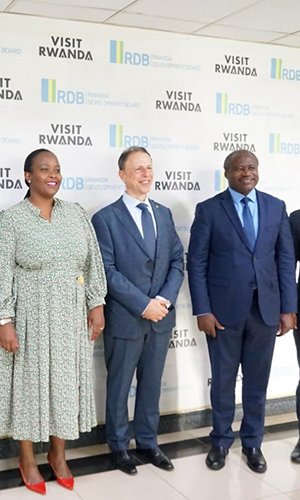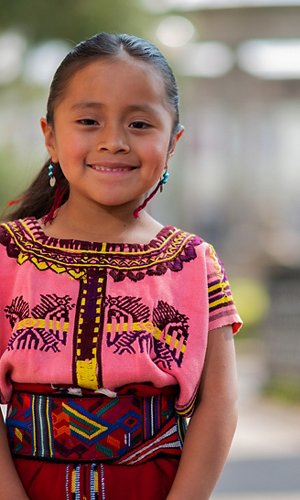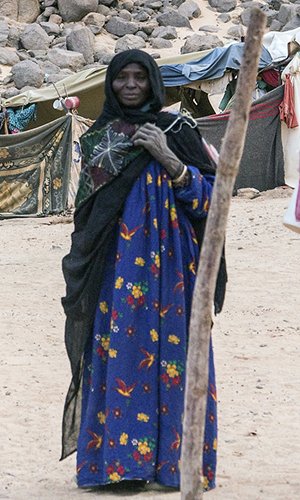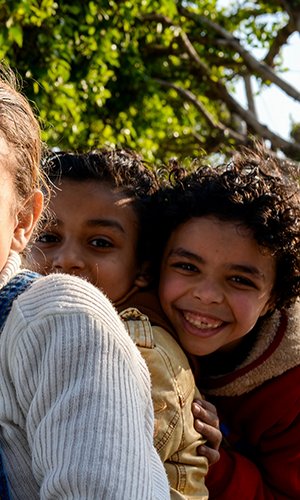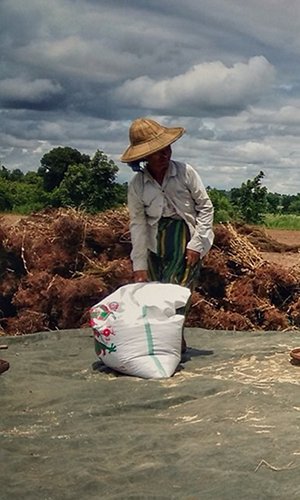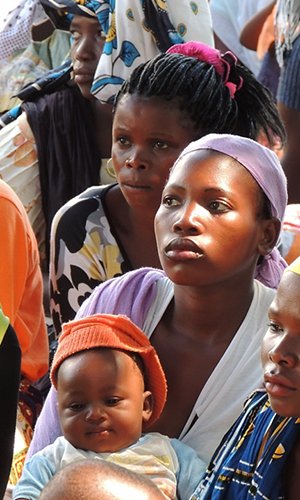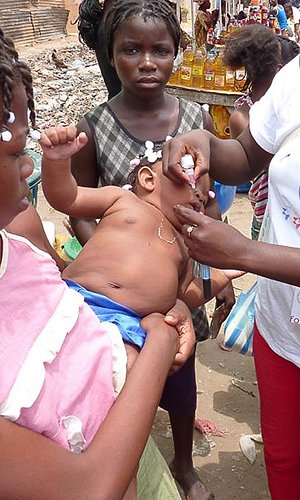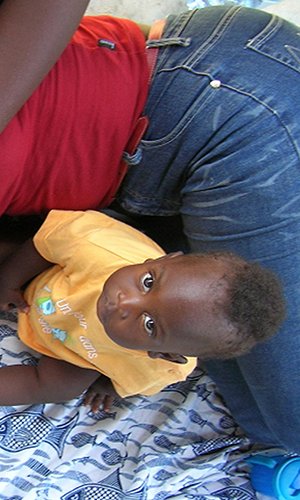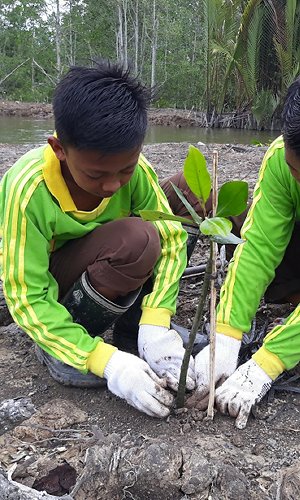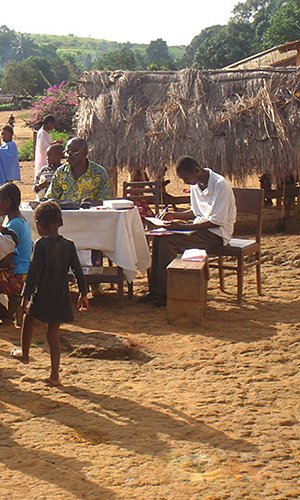The Eni Foundation implemented a project to support the work of local health authorities in the three coastal districts of Jomoro, Ellembele and Ahanta West in western Ghana. Approximately 300,000 inhabitants live here, predominantly located in rural and isolated areas, of which more than 80,000 are children aged 10 or under and 70,000 are women of childbearing age. The aim was to improve services for mothers and children at both district and regional level. The project lasted from November 2012 to May 2017, and cost approximately €8 million.
Our Channels
enioilproducts
Your business, our energy
Produtcs and solutions for business and customers Italy and abroad











